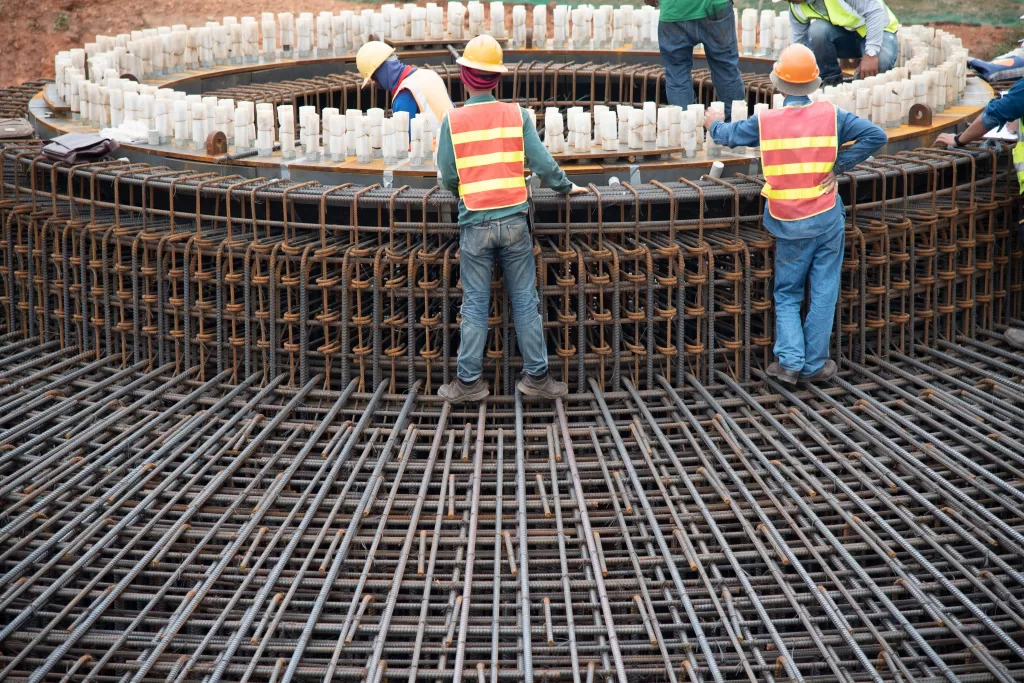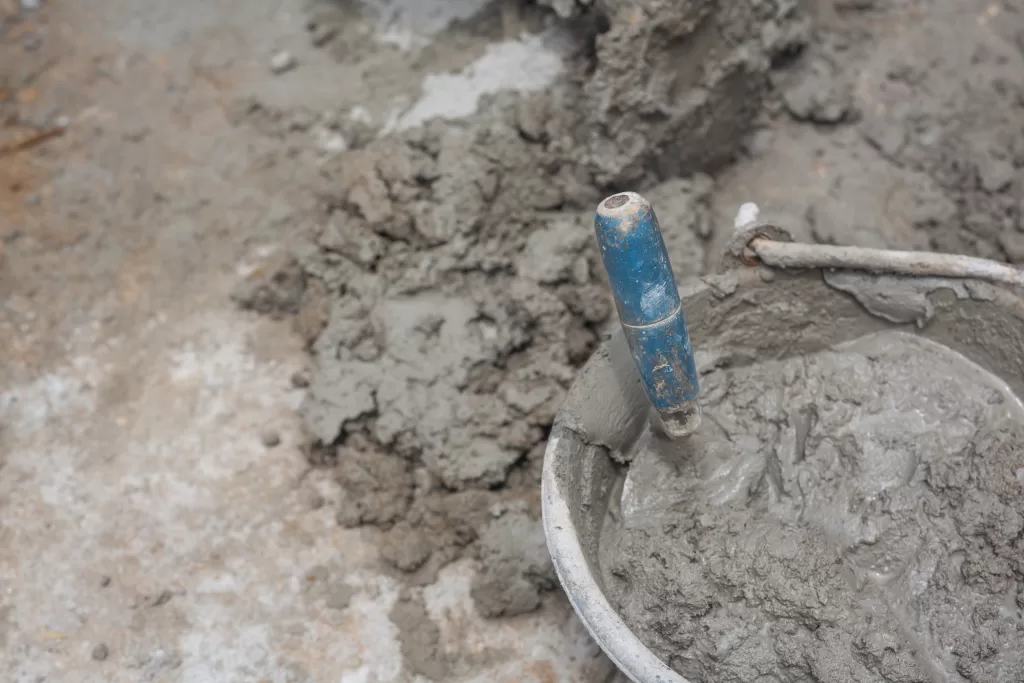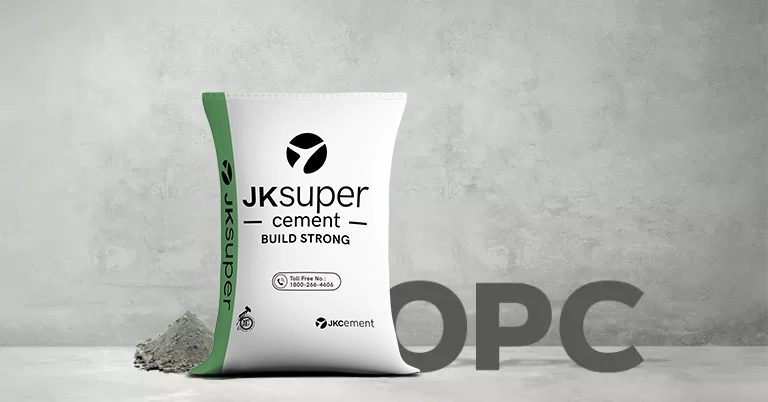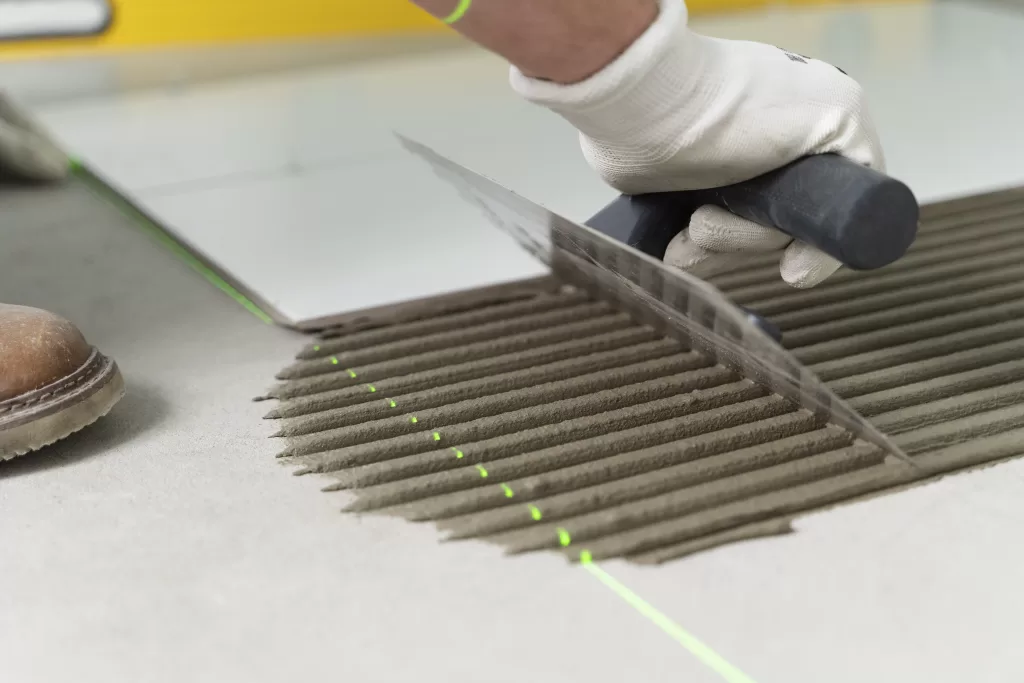Success in any project heavily relies on the decisions and actions taken early in the planning phase. One of the crucial steps in the construction process is the pre-slab work stage, which sets the foundation for the entire project. Here’s a pre-slab construction guide to help you explore and understand the various aspects of the pre-slab work stage.
Pre-Slab Construction Checklist
To ensure a successful pre-slab work stage, it is essential to follow a comprehensive checklist that addresses all important aspects. Let us break down each sub-category to gain a deeper understanding:
Centering and Formwork (Shuttering)
Formwork and centering act as moulds for the fluid concrete. To make concrete, cement, aggregates and water are mixed in specific proportions per the site requirements. Formwork or shuttering support vertical structures like columns, footings, walls, etc. Centering, which is also a type of formwork, is made to support horizontal members like floor beams and slabs.
Provide Adequate Support:
You must ensure that centering and shuttering or formwork provide sufficient support to the concrete during the pouring and curing phases.
Correct Alignment:
To achieve the desired shape and dimensions of the slab, you must maintain an accurate alignment of the formwork.
Smooth Surface:
You must properly finish the formwork to create a smooth surface of the slab.
Withstand Load:
The formwork should also be able to withstand the weight of the concrete without deflecting.
Waterproof:
The formwork should be waterproof so that it doesn’t absorb water from the concrete mix.
Easy Removal:
Once the concrete can hold its own weight without losing shape, the formwork can be removed.
Reinforcement
Reinforcements like steel bars, cables, rods, etc., enhance the strength of concrete, especially for projects like high-rise buildings, bridges, etc.
Accurate Placement:
Precise placement of reinforcement bars as per the structural drawing is crucial for reinforcing the slab and maintaining its strength.
Adequate Spacing:
You must follow the specified spacing to ensure proper distribution of reinforcement throughout the slab.
Secure Fastening:
You should properly tie the reinforcement bars with binding wire and secure them to prevent displacement during concrete placement.
Cover Blocks:
The steel must be embedded in the concrete completely so that the reinforced bars do not corrode when exposed to the environment. Cover blocks help the concrete to envelop the rebars completely.
Incorporating Vapour Barriers and Insulation
Vapour barrier membranes eliminate air flows and protect structures against unwanted moisture which can ruin the structure over time. Vapour barriers can be beneficial in the following ways:
Moisture Protection:
You ought to incorporate vapour barriers to prevent any moisture from migrating into the slab, which can cause damage in the long run.
Thermal Insulation:
Construction professionals should install the required insulation materials to improve the energy efficiency and thermal comfort of the building.
Pre-Addressing Moisture and Waterproofing
Moisture has the potential to seep into cracks and cause water damage to the walls. You can protect both inside and outside of your home by taking appropriate measures at the time of planning.
Moisture Testing:
You need to perform moisture testing on the subgrade, ensuring that it meets the required moisture content before pouring the concrete slab.
Waterproofing Membranes:
On top of that, you should apply appropriate waterproofing membranes or coatings to protect the slab from water damage.
Quality Control and Inspections
After the pre-slab stage, the concrete will be poured into the formwork, reinforcement will be added and the concrete will be cured, after which there’s no going back. If the concrete structure does not conform to the expectations, you will have to restart the process from the formwork. Hence, it is important to implement frequent quality control protocols.
Regular Checks:
Always perform regular inspections during the pre-slab work stage to identify any issues or deviations and rectify them promptly.
Testing:
You must also conduct relevant tests, such as slump tests, compressive strength tests and aggregate tests to ensure the quality of materials used.
Safety Considerations in Pre-Slab Construction
Any construction project, whether big or small, must be compliant with safety protocols.
Fall Protection:
You ought to install appropriate guardrails, safety nets, and/or personal fall arrest systems to protect workers from falls during the construction process.
Equipment Safety:
Building Expert Team should ensure that all machinery and equipment used for pre-slab work are in good working condition and meet safety standards.
Personal Protective Equipment (PPE):
The team also has the mandate of the use of PPE, including helmets, safety glasses, gloves, and safety shoes, to protect workers from potential hazards.
Remember, the decisions and actions made during this stage have a significant influence on the overall outcome of the project. By prioritising thorough pre-slab planning and execution, construction professionals can mitigate risks, address potential issues proactively, and set the stage for a successful construction journey.
One of the leading cement companies in India, JK Cement, provides you with a wide range of cement and related products to ensure a strong and durable structure.
FAQs
What is the significance of the pre-planning phase in construction projects?
The pre-planning phase in construction projects is of great significance as decisions made during this phase have a high influence on the project outcome, including time, costs and other factors. Careful pre-planning positively impacts project progress and helps to minimize costly changes later.
How does involving stakeholders in the pre-planning phase contribute to project success?
Involving stakeholders in the pre-planning phase allows for establishing good communication among them and ensures their input is considered. This helps in developing a clear work breakdown structure and facilitates the distribution of tasks, leading to smoother project execution.
What parties are typically involved in the pre-planning phase?
The parties involved in the pre-planning phase are the owner, architects, engineers, contractors, project managers and other relevant stakeholders. Their collaboration and input are crucial to ensure a successful pre-planning process.
How does Pre-Slab Work Stage help in minimising costs during the construction project?
Through careful pre-planning, potential risks and challenges can be identified and moderated before construction begins. This proactive approach helps in minimising the need for bigger costs and ensures a smoother project execution.














